From introduction of SIRI by Apple and its application on Smartphone such as IPhone to today development of autonomous or self-driving cars, Artificial Intelligence (AI) is thriving and progressing rapidly. While science fiction often portrays AI as robots with human-like characteristics, AI can encompass anything from Google’s search algorithms to IBM’s Watson to autonomous weapons and it’s on board battle management makes these weapon so smart that they can act in mode of fire and forget to hit the target, especially with today’s hypersonic missiles that are relying on their on board Artificial Intelligence (AI) driven by Machine Learning (ML) functionality.
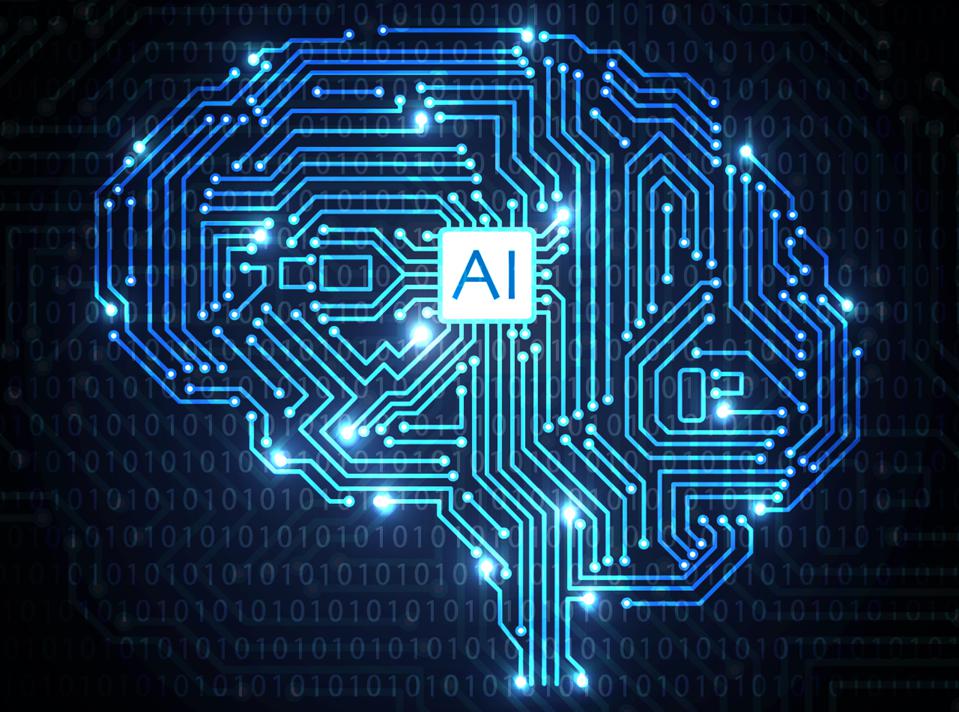
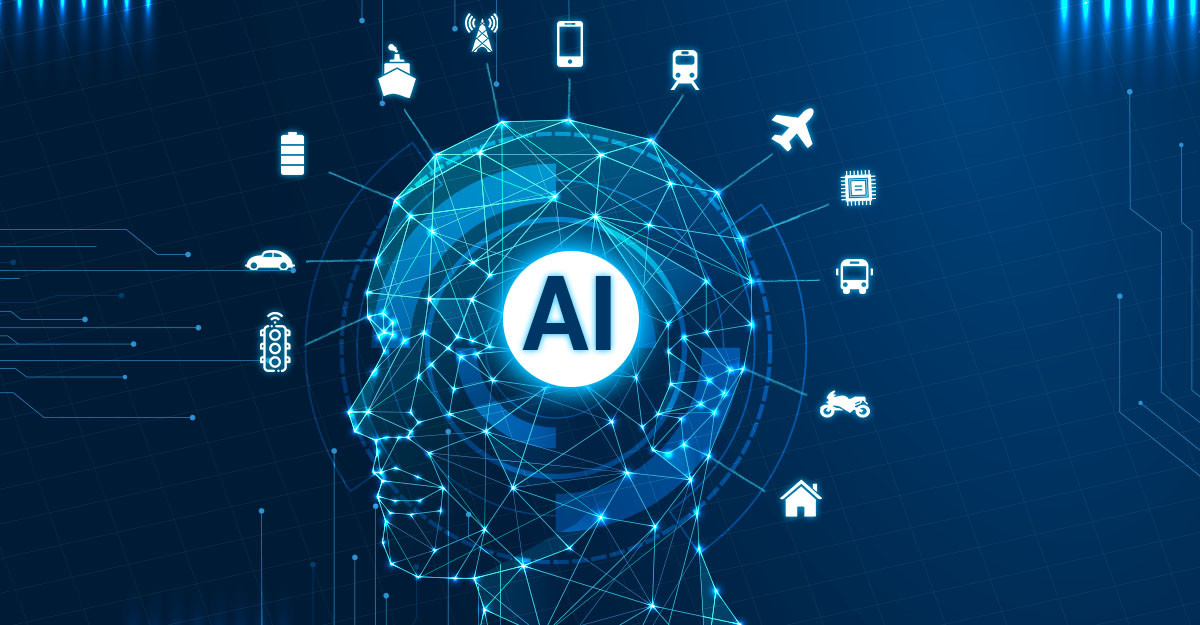
Artificial Intelligence (AI) today is properly known as narrow AI (or weak AI), in that it is designed to perform a narrow task (e.g., only facial recognition or only internet searches or only driving a car). However, the long-term goal of many researchers is to create general AI (AGI or strong AI). While narrow AI maybe able to outperform human’s intelligence at whatever its specific task is, like playing chess or solving equations, AGI would outperform humans at nearly every cognitive task.
One of the big advantages of Artificial Intelligence is its capabilities that makes it possible for machines to learn from experience, adjust to new inputs and perform human- like tasks. Most AI examples that you hear about today – from chess-playing computers to self-driving cars – rely heavily on deep learning and Natural Language Processing NLP). Using these technologies, computers can be trained to accomplish specific tasks by processing large amounts of data and recognizing patterns in the data.
No part of this digital document may be reproduced, stored in a retrieval system or transmitted in any form or by any means. The publisher has taken reasonable care in the preparation of this digital document, but makes no expressed or implied warranty of any kind and assumes no responsibility for any errors or omissions. No liability is assumed for incidental or consequential damages in connection with or arising out of information contained herein. This digital document is sold with the clear understanding that the publisher is not engaged in rendering legal, medical or any other professional services.
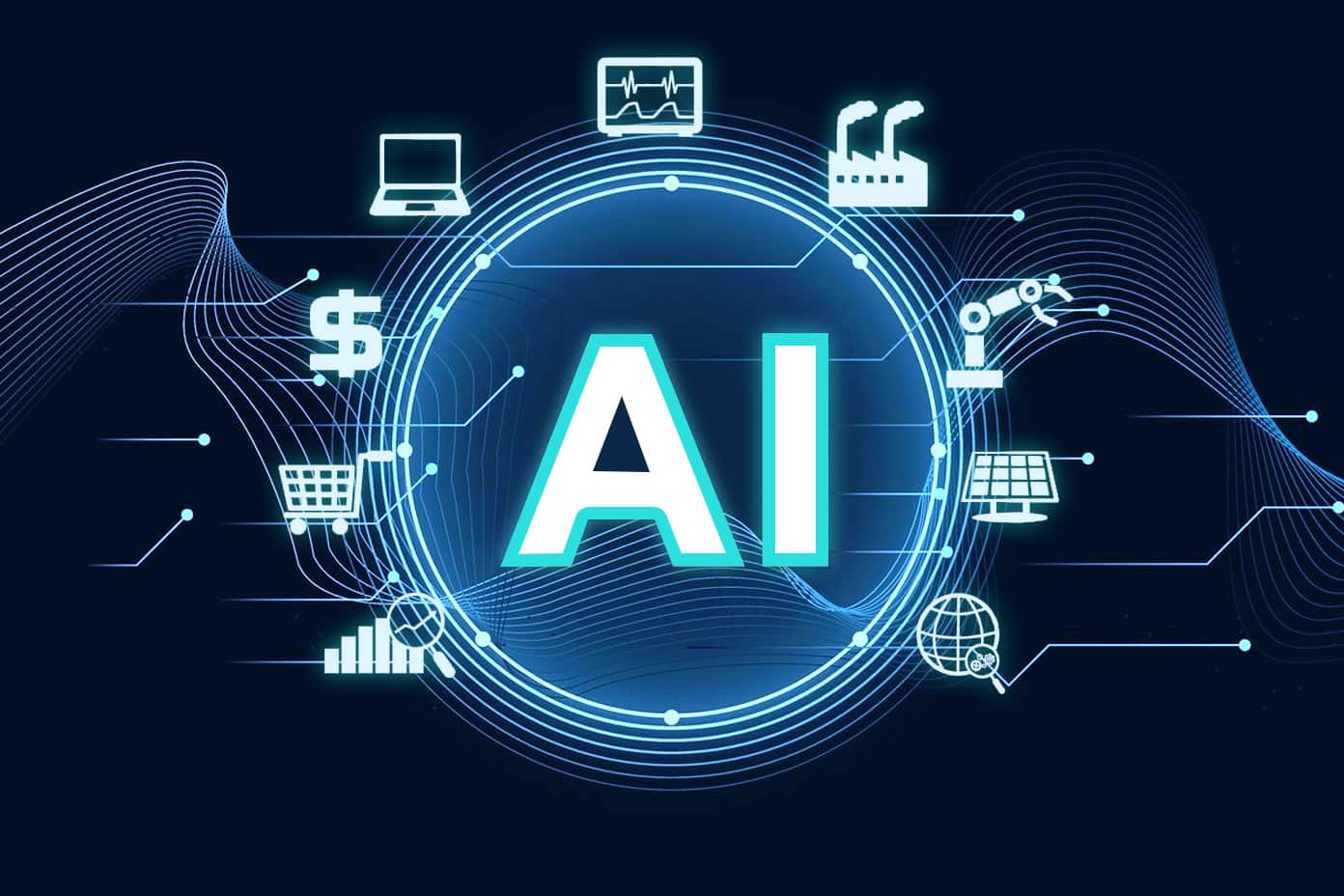
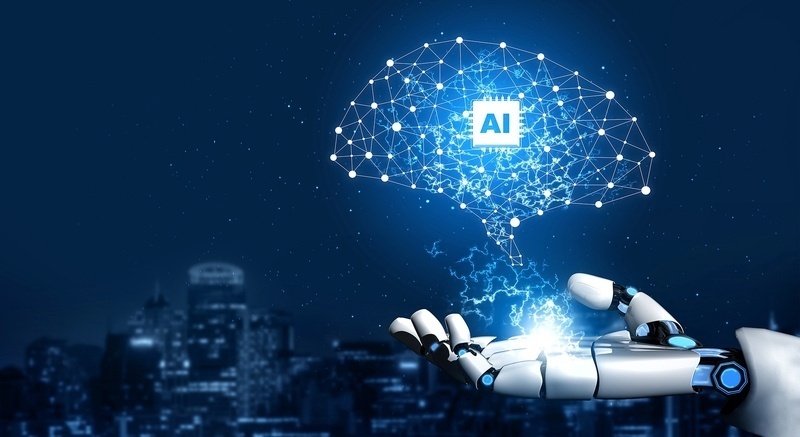
Weak Artificial Intelligence (WAI), also known as “Narrow AI” is an Artificial Intelligence that is tasked to focus on one narrow event. Weak AI is defined in contrast to Strong AI or Super Artificial Intelligence (SAI), which is a machine with the ability to apply intelligence to any problem, rather than just one specific task or problem, given the fact that technique of Machine Learning is running in the background. Sometimes is considered and requires consciousness, sentience and mind and it should be built upon innovative approach with Artificial Neural Networks (ANN) in mind. See Chapter 4 of this book for more information on ANN.
Siri on your iPhone is a good example of narrow intelligence. Siri operates within a limited pre-defined range of functions. There is no genuine intelligence or no self- awareness despite being a sophisticated example of weak AI. Siri brings several narrow AI techniques to the capabilities of an iPhone. AI researcher Ben Goertzel, on his blog in 2010, stated Siri was "VERY narrow and brittle" evidenced by annoying results.
Robots are considered as the first generation of artificial intelligence, where they can now collaborate over their very own Internet. One of the more serious limitations facing the robotics industry today is that each bot produces is an island unto itself. Worse, robots' primitive AI does not allow for intuitive thinking or problem solving — what is known as artificial general intelligence. Looking to overcome this problem, researchers from several different European universities have developed a cloud-computing platform for robots that will allow them to collaborate
Furthermore, because expert systems like IBM AI such as Watson will soon be able to conjure answers to questions that are beyond our comprehension, we will not always know when they are wrong. And that is a frightening prospect. Furthermore, It is difficult to know exactly how, when, or where the first true AI catastrophe will occur, but we’re still several decades off. Our infrastructure is still not integrated or robust enough to allow for something really terrible to happen. But by the 2040s (if not sooner), our highly digital and increasingly interconnected world will be susceptible to these sorts of problems. By that time, our power systems (electric grids, nuclear plants, etc.) could be vulnerable to errors and deliberate attacks. Already today, the U.S. has been able to infiltrate the control system software known to run centrifuges in Iranian nuclear facilities by virtue of its Stuxnet program [10] — an incredibly sophisticated computer virus (if you can call it that). This program represents the future of cyber-espionage and cyber-weaponry — and it is a pale shadow of things to come.
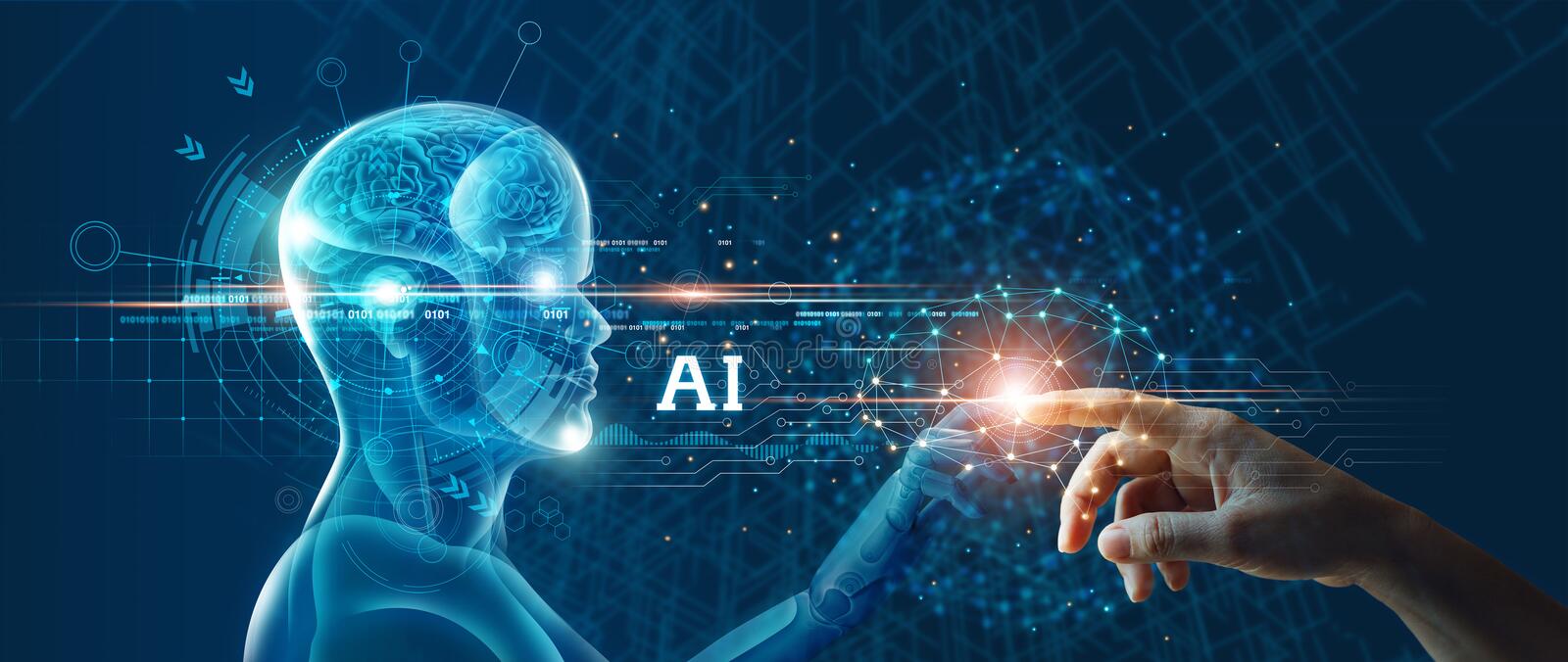

The term “Singularity” in science fiction movies or stories is a terminology that stands and describes “The World of Tomorrow,” but what exactly does it mean, and where does the idea come from? We answer in today's backgrounder.
The term singularity does describe the moment when a civilization changes so much that its rules and technologies are incomprehensible in respect to previous generations. Think of it as a point-of-no-return in history.Specifically, Vinge pinned the Singularity to the emergence of artificial intelligence. "We are on the edge of change comparable to the rise of human life on Earth," he wrote. "The precise cause of this change is the imminent creation by technology of entities with greater than human intelligence."
Most thinkers and philosopher in the field of science and computer believe the singularity will be jump-started by extremely rapid technological and scientific changes accordingly. These changes will be so fast, and so profound, that every aspect of our society will be transformed, from our bodies and families to our governments and economies.

Lorem ipsum dolor sit amet, consectetur adipiscing elit, sed do eiusmod tempor incididunt ut labore et dolore magna aliqua. Quis ipsum suspendisse ultrices gravida.
Copyright @ b-transform.com. All Rights Reserved